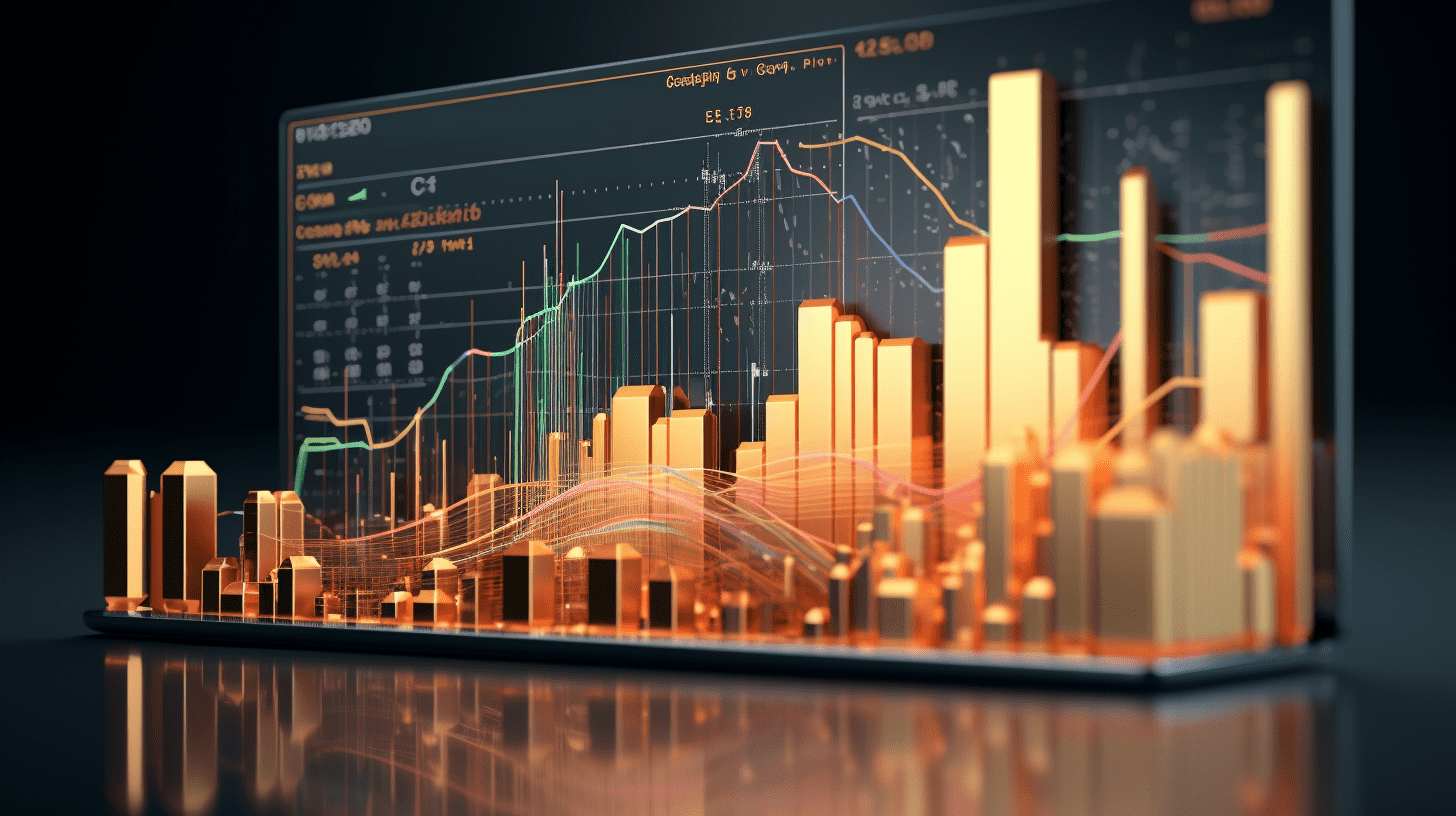Goldman Sachs Survey: Institutional Confidence in Seven US Giants Soars, Bearish Sentiment Toward the US Dollar Reaches Ten-Year Peak!
Investors' confidence in the US stock market - especially in the "big seven" large-cap technology stocks - is rapidly rising, while at the same time, the voices predicting a decline in the US dollar are nearing historical highs.
Goldman Sachs' latest QuickPoll among institutional clients shows that investors' confidence in the US stock market - especially in the "Big Seven" large tech stocks - is rapidly rising, while the voices calling for a bearish US dollar are nearing historical highs. The monthly survey, completed on July 1-2, received 800 valid responses, indicating that risk appetite has returned to levels seen in January 2025 when the "American exceptionalism" dominated the market; however, funds are now more diversified, with a sustained reduction in US dollar assets and simultaneous inflows into developed markets such as Europe.
Figure 1
Oscar Osthrend, head of content strategy at Goldman Sachs' Global Banking and Markets Marquee platform, pointed out that one of the most significant changes in recent months is the rare decoupling of the US dollar from US stocks. Since records began in January 2016, there have been only three instances of a "bearish US dollar + bullish US stocks" scenario being dominant, with the last occurrence in January 2024.
Figure 2
One of the core reasons for the recent weakness in the US dollar is worries about the US fiscal outlook: as of July 17th, the US dollar has depreciated by 11% against the Euro and 6.4% against the Yen; meanwhile, the US debt-to-GDP ratio is approaching post-World War II highs. The survey shows that the ratio of those bearish on the US dollar to those bullish is over 7:1, making it one of the most extreme instances in the past decade.
Figure 3
On the other hand, 51% of the surveyed institutions are bullish on the S&P 500, while only 32% are bearish. Cross-asset sales trader Brian Garrett notes that the traditional logic of "strong economy rising stock market stronger US dollar" seems to be failing, indicating a potential misalignment in the market.
Why are investors optimistic about US stocks? Osthrend listed three main drivers: firstly, the dovish stance of the Federal Reserve, with interest rate cuts happening faster than expected, directly boosting stock market valuations; secondly, the continued rise of AI concepts, with the US holding a leading position in global technology, particularly in the favored "Big Seven" - 66% of the respondents already hold or plan to increase their holdings; and lastly, the reduction in geopolitical premiums, with concerns about trade and geopolitics still prevalent, the market is now viewing actual tariffs of 10-15% as the new normal, easing fears of global supply chain disruptions. Garrett adds that concerns in early April about the US "withdrawing from global trade" have largely dissipated.
However, having overly high levels of consensus in positions also poses risks of a reversal. In the July QuickPoll, respondents' bullish sentiment towards risk assets, the S&P 500, and gold are significantly higher than historical averages, while expectations for oil and the US dollar are below average. Osthrend admitted, "The extreme consensus makes the market fragile, as any small data point could trigger a rapid adjustment." Garrett also pointed out that while these beliefs have not yet been challenged by price, "one or two unexpected data points are enough to shake consensus trading."
In the face of a potential herd stampede, Garrett suggests seeking low-cost hedging tools to resist the "deep-rooted consensus." For example, betting on a simultaneous decline in the S&P 500 and the Euro can hedge against the two mainstream expectations of "American exceptionalism" and "weakening US dollar."
Related Articles

Musk's Neuralink joins the game! Collaborating with top academic institutions to research "intelligent bionic eyes".

Ethereum is replacing Bitcoin as the dominant cryptocurrency? ETFs have seen six consecutive days of net inflows surpassing Bitcoin.

Tariff maximum pressure, hedge fund crude oil long positions plummet to new lows since April.
Musk's Neuralink joins the game! Collaborating with top academic institutions to research "intelligent bionic eyes".

Ethereum is replacing Bitcoin as the dominant cryptocurrency? ETFs have seen six consecutive days of net inflows surpassing Bitcoin.

Tariff maximum pressure, hedge fund crude oil long positions plummet to new lows since April.

RECOMMEND

After Eight Consecutive Rate Cuts, the European Central Bank Pauses as Expected; Future Policy Direction Remains Murky
25/07/2025

U.S. President Makes First Official Visit to the Federal Reserve in Nearly 20 Years—What Did Trump and Powell Say?
25/07/2025

New Categories of Air Conditioners in Short Supply, Sales of Ice-Packed Handheld Fans Surge, China’s “Cooling Big Four” Explode in Popularity Across Europe
25/07/2025


